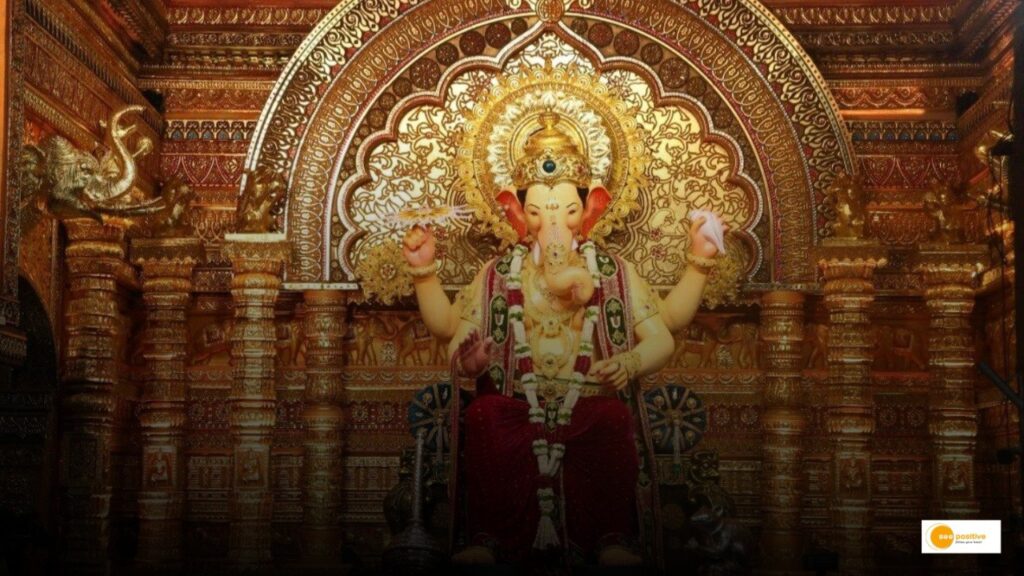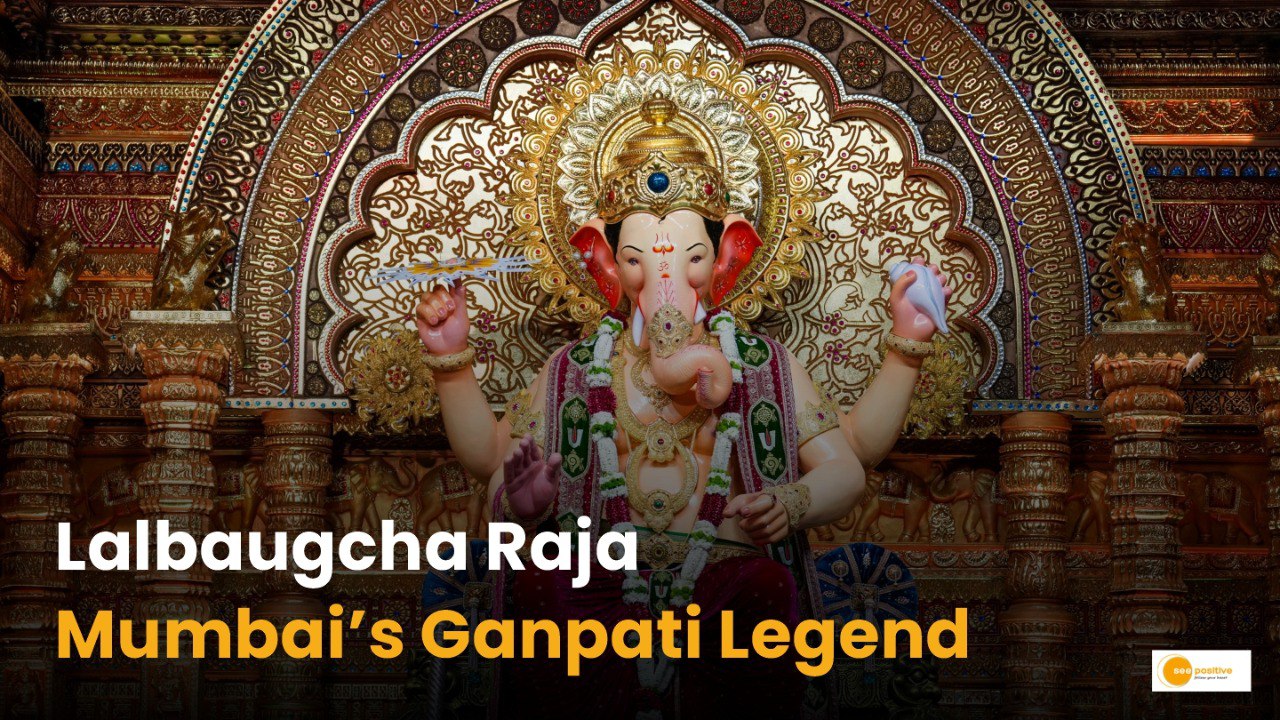Every year, as Ganesh Chaturthi approaches, Mumbai comes alive with lights, sounds, colors — and faith. At the heart of this spiritual celebration stands one of India’s most iconic idols — Lalbaugcha Raja, Mumbai. Installed in the Lalbaug area of South Mumbai, this legendary Ganpati is not just an idol, but an emotion for millions.
Here’s an in-depth look at the fascinating story and lesser-known facts about Lalbaugcha Raja, the Navasacha Ganpati — the wish-fulfilling Lord of Mumbai.
A Legacy That Began in 1934
Lalbaugcha Raja, Mumbai
The origins of Lalbaugcha Raja trace back to a time of hardship. In 1934, a prominent market in Lalbaug was shut down, leaving local fishermen and mill workers without a source of income. They turned to Lord Ganesha with a vow — a navas — for a permanent market. When their prayers were answered, they fulfilled their vow by installing a Ganesha idol in gratitude. And thus began a tradition that has grown stronger with each passing year.
The Navasacha Ganpati
Lalbaugcha Raja, Mumbai
What truly sets Lalbaugcha Raja apart is the navasachi line — a queue for devotees who come with specific wishes and vows. It’s believed that if you pray with a sincere heart here, your wish will be granted. Unlike typical darshan queues, this line moves slowly, with devotees often waiting for up to 12–20 hours to reach the idol and whisper their prayers. For those who wish only to see the idol without making a vow, there’s the mukh darshan line — relatively quicker but still intense in devotion.
Unmatched Popularity
During the 10-day festival of Ganeshotsav, Lalbaugcha Raja attracts an estimated 20 to 25 lakh visitors. Pilgrims travel from all corners of India — and even overseas — to seek blessings. The pandal becomes a melting pot of faith, culture, and unwavering belief.
The Iconic Pose

Lalbaugcha Raja, Mumbai
Since 1935, the idol’s design has remained unchanged — Lord Ganesha sits regally on a throne, right hand raised in blessing. This consistency has made the image of Lalbaugcha Raja instantly recognisable, etched into the collective consciousness of Mumbaikars and Ganesh bhakts across the world.
Majestic in Size and Detail
Standing between 18 to 20 feet tall, Lalbaugcha Raja is one of Mumbai’s tallest Ganesh idols. Despite its towering presence, the attention to detail in the decoration — from the crown to the ornaments — is a sight to behold. Every year, the idol’s grandeur leaves devotees in awe.
Donations That Touch the Skies
The generosity of devotees matches the scale of their devotion. Over the years, Lalbaugcha Raja Sarvajanik Ganeshotsav Mandal has received donations worth crores — including gold, silver, and large sums of money. These offerings are channeled into charitable causes like education, healthcare, and welfare programs, making the idol not just a religious figure, but a force for good.
A Procession Like No Other
Lalbaugcha Raja, Mumbai
On the day of Ganesh Visarjan, the immersion procession of Lalbaugcha Raja is a grand spectacle. It takes over 15 to 20 hours for the idol to travel to Girgaon Chowpatty, accompanied by a sea of chanting, dancing, and emotionally charged devotees. It’s a moment that beautifully captures Mumbai’s spirit — vibrant, chaotic, united.
The Choice of the Famous
From Bollywood stars and industrialists to political figures and sports personalities — Lalbaugcha Raja sees them all. Many come quietly, without the glare of media, seeking blessings like every other devotee. Their presence only adds to the aura of the Raja, who truly is Mumbai’s king.
Crafted with Devotion
Behind this divine masterpiece is the Kamble family, who have been sculpting the idol for generations. Their craftsmanship ensures the idol maintains its traditional design, while also incorporating modern elements that reflect the spirit of the times.
Symbol of Unity
Lalbaugcha Raja is more than a religious icon — he is a symbol of Mumbai’s resilience, inclusivity, and unity. Regardless of caste, class, or creed, people stand shoulder to shoulder in his presence. The festival brings together millions under one roof — reminding the city of its strength in diversity.


